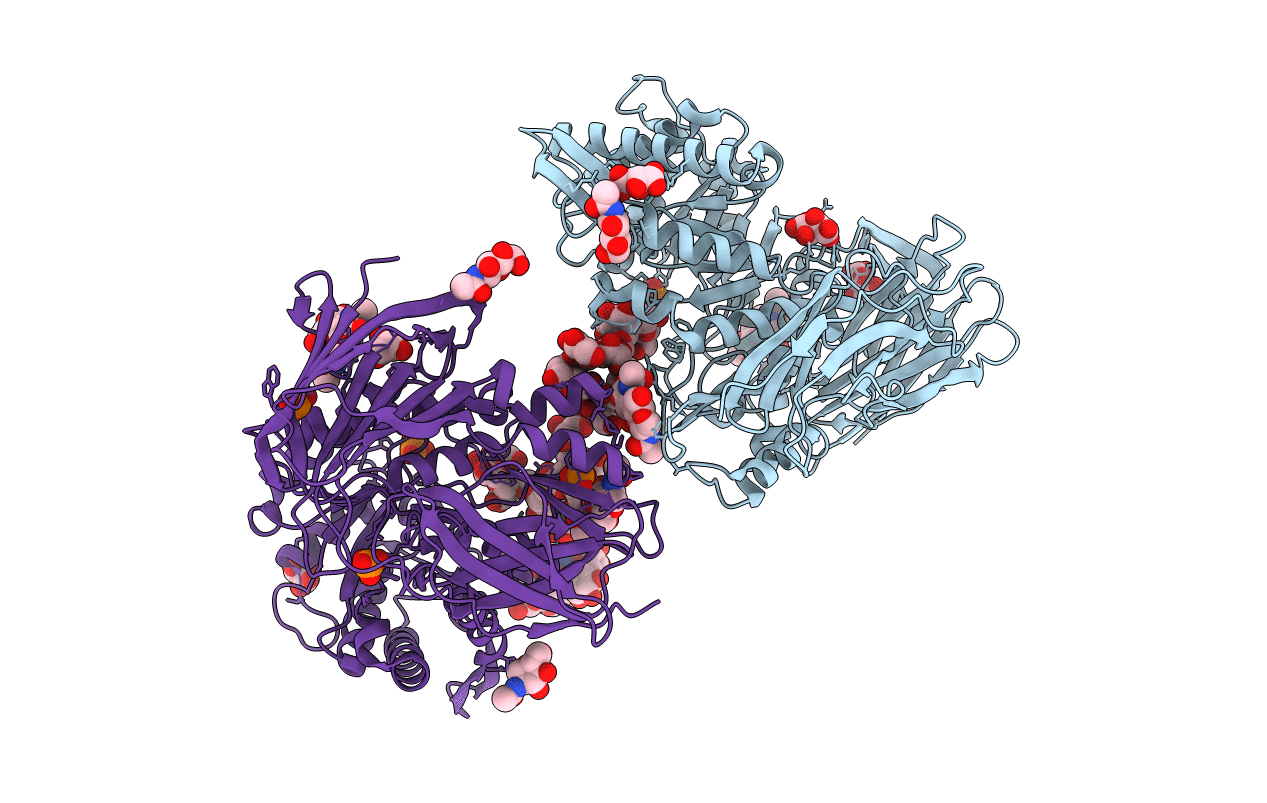
Deposition Date
2013-03-11
Release Date
2013-08-21
Last Version Date
2024-11-20
Method Details:
Experimental Method:
Resolution:
2.30 Å
R-Value Free:
0.20
R-Value Work:
0.16
R-Value Observed:
0.17
Space Group:
H 3


